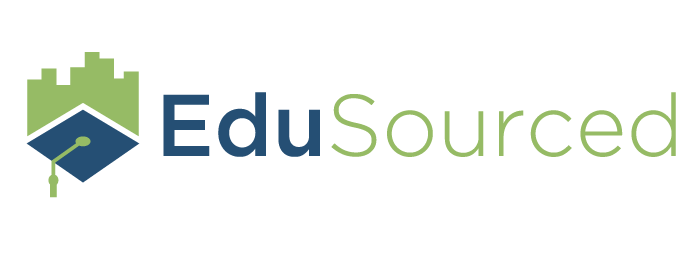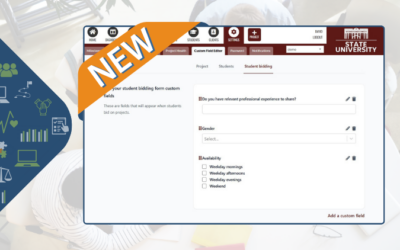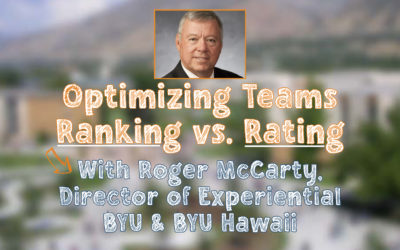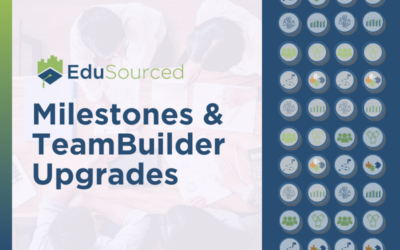
Not a week goes by without talking to school, looking to adopt EduSourced, where we ask “how many experiential touchpoints do you have?” and the answer is, nearly 100% of the time, “we don’t know.”
Experiential learning is profoundly personal. Each instructor or faculty, department and college we talk with has unique elements to their approach: learning goals, the students they work with, the community and corporate partners who bring the real world into the classroom all vary. So how do you bring everything together, aggregating experiential learning for a single repository of records and data at your school?
This is a question we have had to address over the past five years, but in the first three years, no one was asking: how do we tie all of this together? Now everyone is asking that question.
Today almost every school is asking how much experiential they do and working to define their experiential learning strategy. Take, for example, employer projects – what we think is the most valuable (and challenging) variety of experiential learning. These projects are an even stronger extension of your school’s brand than an internship program – employers are not just working with one-off students but are working with groups of students, directly in your curriculum and backed by faculty and staff. Shouldn’t you know the outcomes of those projects and employer satisfaction with them? Usually the individual instructors and faculty do but there is almost never a record at the college level (let alone university).
Aggregating experiential learning is a major endeavor: the same elements that make experiential PBL so high impact (the unique approach to experiential by faculty, department and college) make it hard to cultivate a strategy around. We believe aggregating experiential records is a key component of experiential learning strategy.
Getting Experiential into a System, Any System.
Manual process is nearly impossible to build a strategy around. Implementing EduSourced covers all experiential PBL – student created projects, faculty created projects, and those high impact employer projects. EduSourced itself provides records on participation levels and outcomes so you can finally answer the question: how much experiential do we do?
Increasingly, schools are adopting Salesforce (more specifically their new Higher Ed specific framework, HEDA) as a catch-all database for their student and industry touchpoints. Our new Salesforce integration allows you to represent those experiential PBL data records in Salesforce, unifying records that before were lost to excel docs and emails. EduSourced itself provides report outputs and we offer custom reporting for our enterprise clients. Whether you retrieve your EduSourced records in EduSourced or through Salesforce, your experiential touchpoints are now aggregated.
EduSourced is designed for high impact experiential PBL but we recognize there are several, often “lighter-weight,” experiential touchpoints that your school may offer (employer site visits, simulations, guest speaker programs, etc). For the most complete experiential record, some of our schools create entries for this in EduSourced or you could directly enter these into Salesforce alongside your EduSourced records.
If you’re curious about what other schools are doing in experiential PBL, check our our 2019 survey results here.



